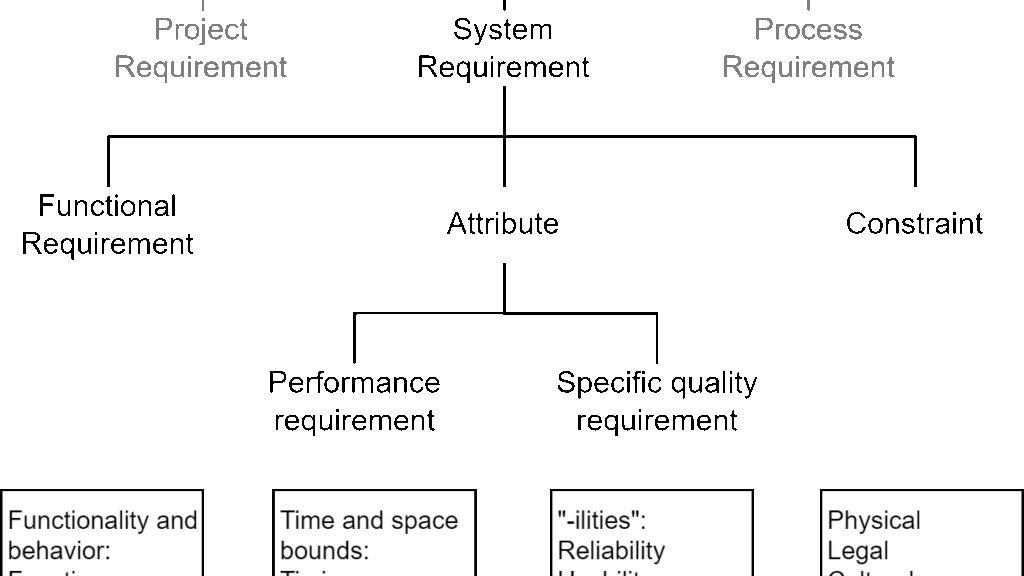IT Business Management: A Key to Driving Organizational Success
In today’s fast-changing, digital world, staying competitive requires strong IT Business Management. It connects technology with business goals to improve efficiency and adaptability. IT Business Management ensures resources are used wisely, strategies align with market needs, and operations stay flexible. In this article, I’ll explain what IT Business Management means and how it helps organizations succeed in an evolving business environment.
IT Business Management: A Key to Driving Organizational Success Read More »



















